-
Menu
- Plan Your Visit
- Meet The Animals
- Check Out Events
- Memberships
- About The Zoo
- Support the Zoo
- Conservation
- Education
- Groups & Private Events
- Zoo News
- Contact
- Zoo Store
- Indianapolis Prize
- Global Center for Species Survival
- Schedule
- Donate
- Membership
- Tickets

- Plan Your Visit
- Meet The Animals
- Check Out Events
- Memberships
- About The Zoo
- Support the Zoo
- Conservation
- Education
- Groups & Private Events
- Zoo News
- Contact
- Zoo Store
- Indianapolis Prize
- Global Center for Species Survival
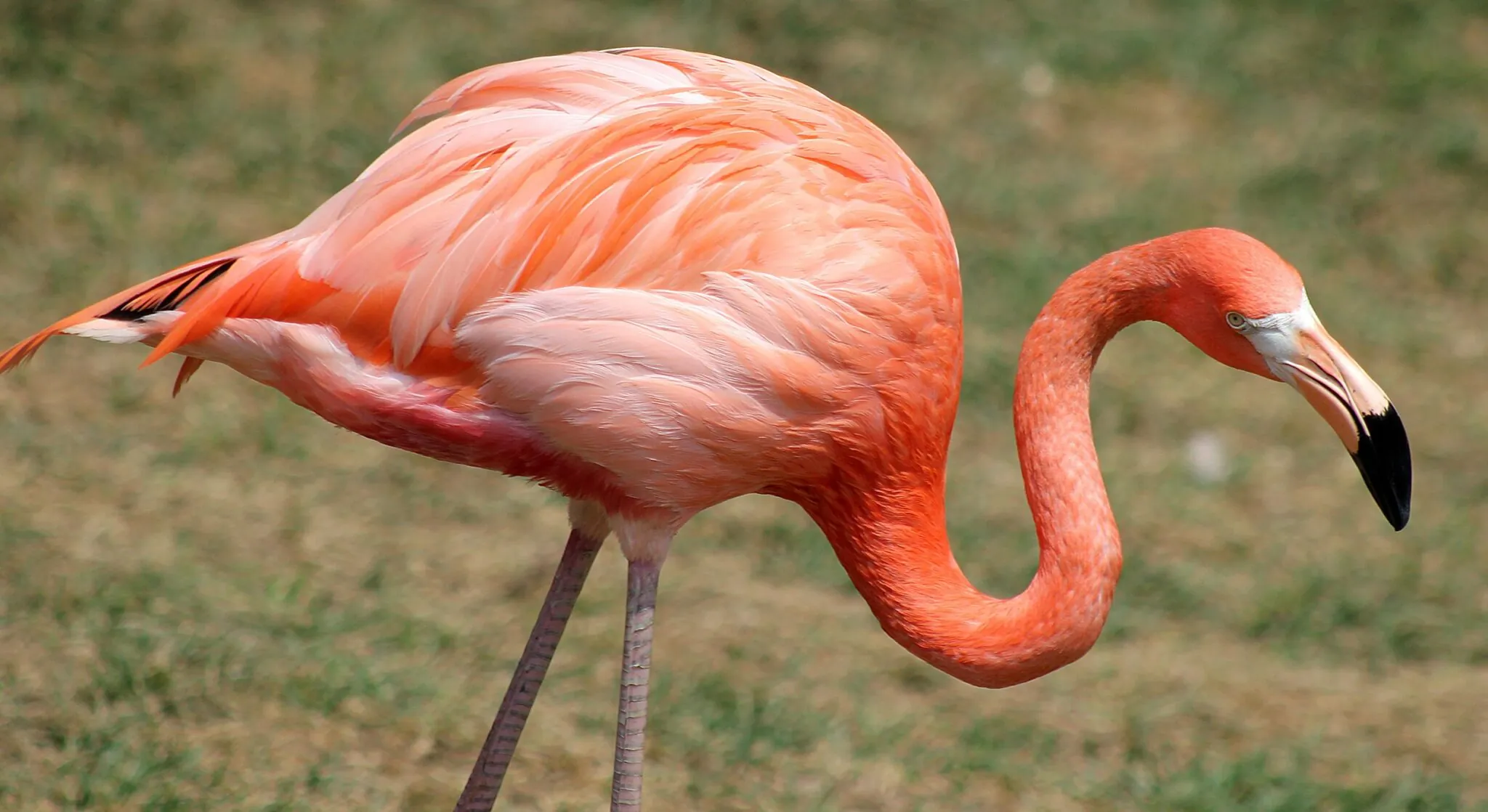
Flamingos
About
A flamingo’s pink plumage is its signature look! Did you know that their color comes from their diet? In the wild, flamingos eat tiny brine shrimp, other animals and algae that live in the water. Shrimp contains carotenoid pigments, the same ones that make carrots orange and beets red. The carotenoids color the feathers pink!
Flamingos are well adapted to life in coastal mudflats and lagoons. They stir up food with their long legs. They sleep standing up, sometimes tucking one leg under their body. To eat, they dip their bill in the water—upside down!—and move their upper jaw to filter out food through bony plates in their bill.
Flamingos are noisy birds, communicating with others in the flock by vocalizations and body movements. A young chick even begins to vocalize while still inside its egg! The parents and chick learn each others’ calls while incubating the egg so they can find each other in the flock for the first few months. Young flamingos start off life gray and fluffy, turning pink as they grow up. They can live well over 30 years.
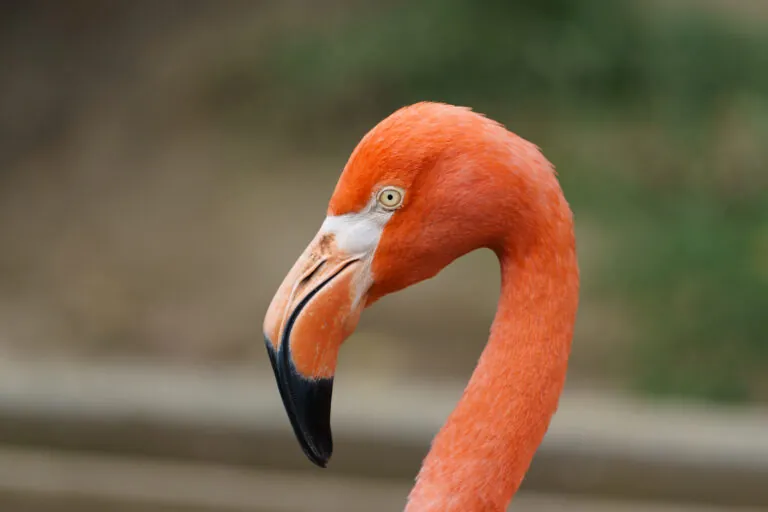
Conservation
Flamingos face threats from habitat disturbance. Mining, irrigation, egg collecting and plastic pollution all pose challenges to these shore birds. Remember to give wildlife the space to thrive, and to do your part to reduce the amount of plastic you use in your everyday life to keep our ecosystems clean!
WHERE ARE THEY AT THE ZOO?

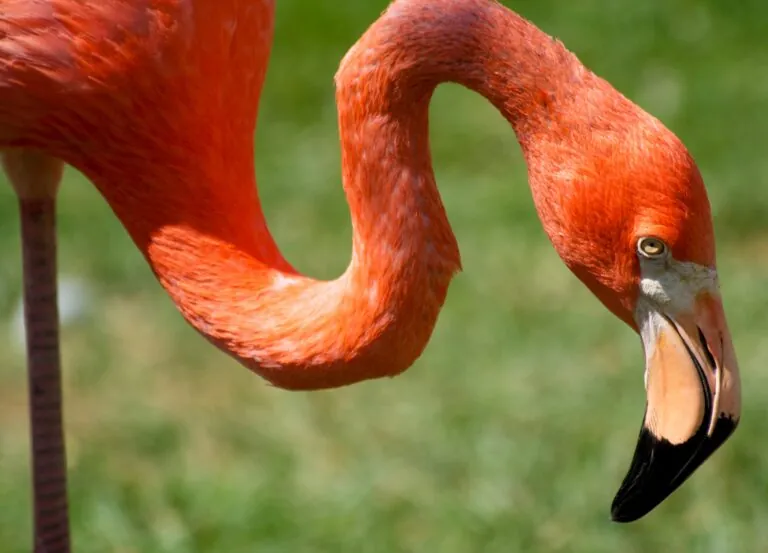
Caribbean flamingo (Phoenicopterus ruber)
A little larger and darker than the Chilean flamingo, lives in southeastern U.S. and parts of South America.
IUCN Red List status: Least Concern
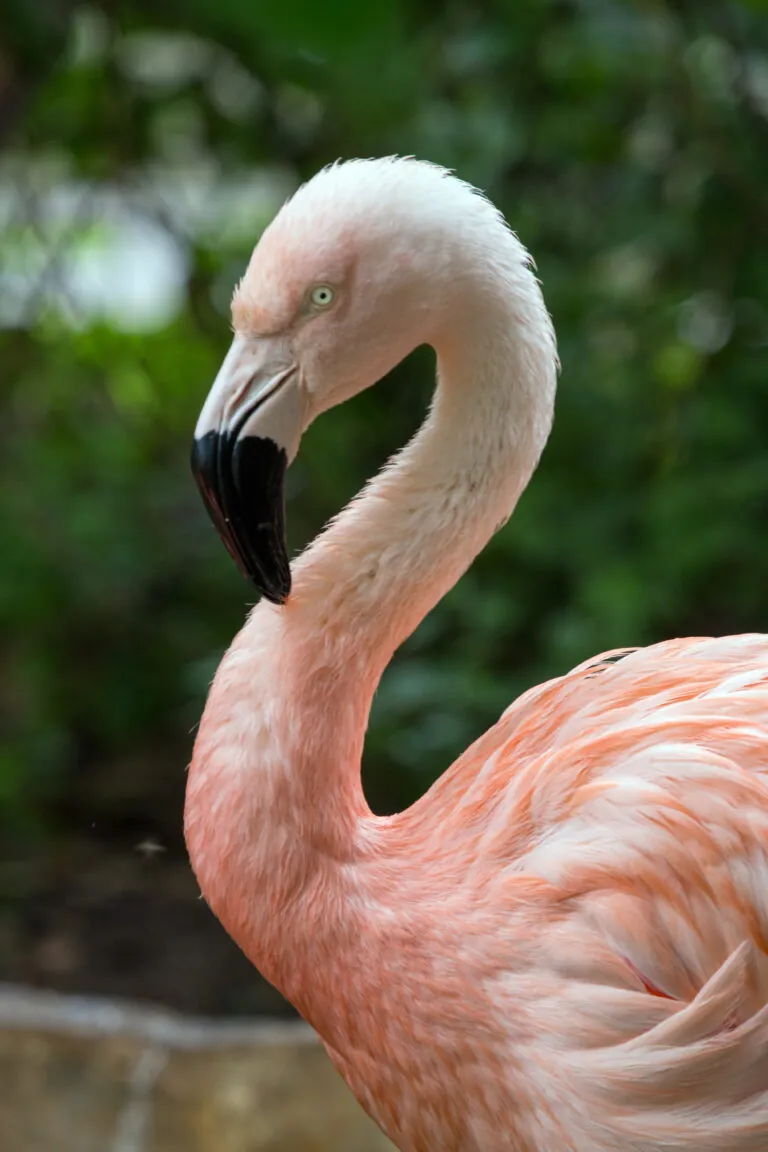
Chilean flamingo (Phoenicopterus chilensis)
A little smaller and paler than the Caribbean flamingo, lives in western and southern South America.
IUCN Red List status: Near Threatened due to habitat disturbance and hunting by people
Flamingo Mingle
Feed a Flamingo
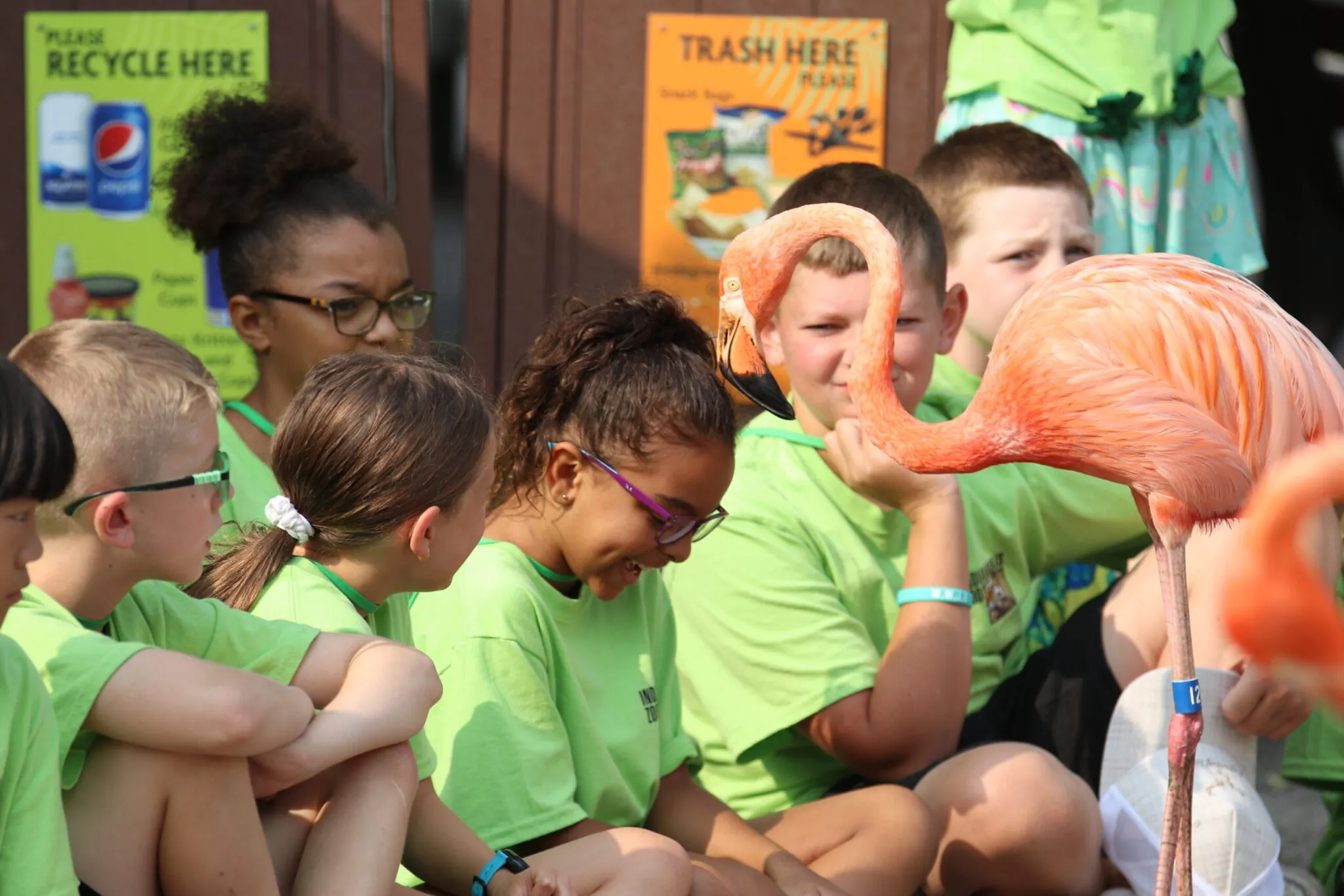
Sponsor a Flamingo
The Animal Amigo program helps care for all of the animals at the Zoo by funding food, medical treatment, equipment, enrichment toys, and habitat improvement for the animals in our care.
